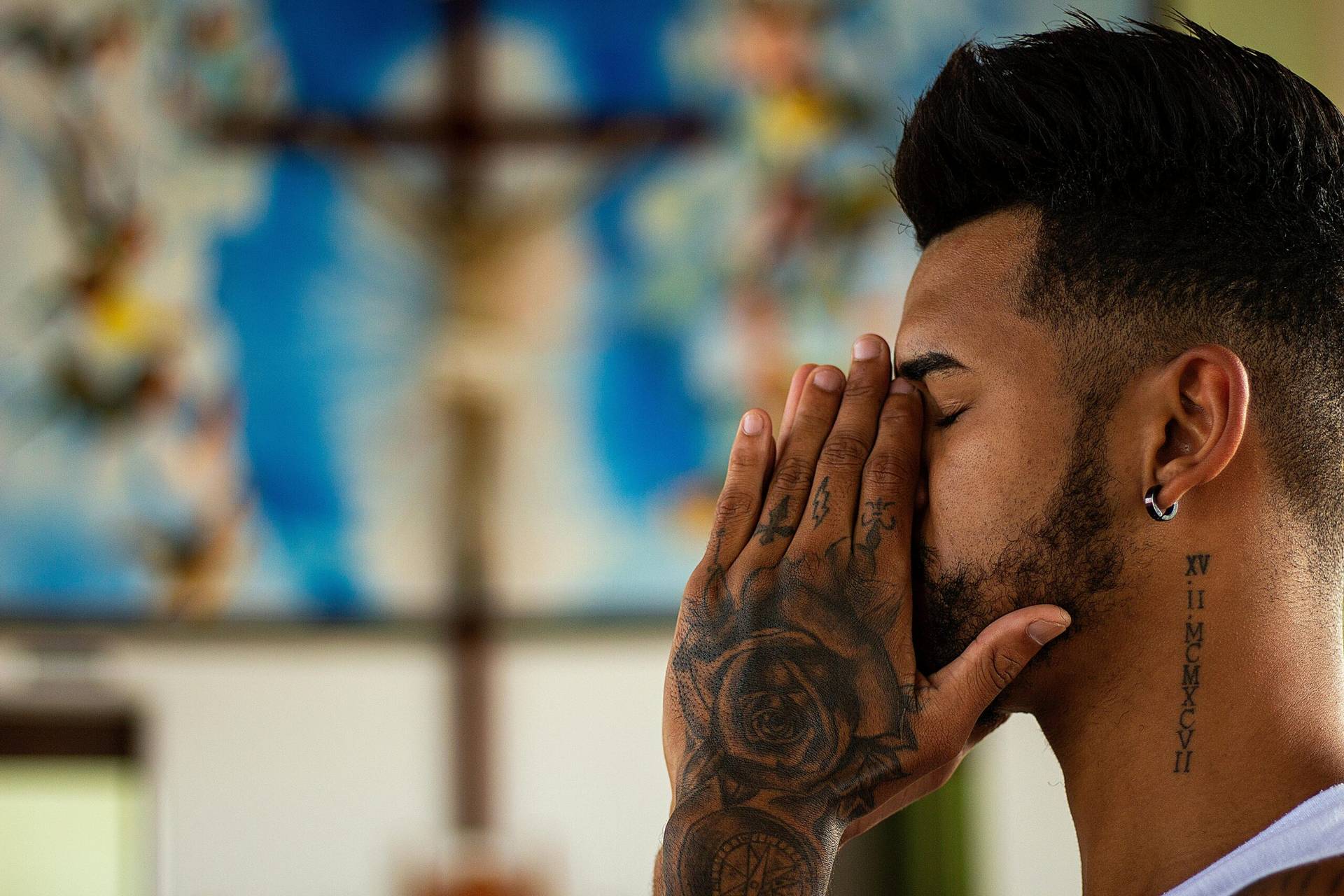Pope Francis’s defense of his actions over the Chilean Bishop Juan Barros on the flight from Lima will not be enough to satisfy victims there and their supporters elsewhere, but it is wholly consistent with everything he has said and done so far.
But that raises another question: Whether his stance – appointing and keeping in place a bishop accused of the cover-up of abuse – is consistent with a policy designed to prevent abuse and deal properly with failures to act against perpetrators.
Although it was packed with many important moments and addresses, the biggest news of Francis’s Jan. 15-18 visit to Chile, in both national and international media, turned on precisely these apparently self-contradicting messages on clerical sex abuse.
Not only did the visit fail to resolve that contradiction, but appeared to sharpen it on the final day after Francis described cover-up allegations against a Chilean bishop as a “calumny,” triggering a furious reaction from victims’ groups.
That “mixed message on abuse” was an inevitable focus of the dozen or so TV, radio and newspaper interviews I did in Santiago, with the question evolving over the pope’s three-day visit.
Before he arrived, the question was: Why did Francis, the reformer pope pledged to clamp down on clerical sex abuse and deal with its coverup by bishops, appoint Barros in March 2015 to lead the Diocese of Osorno, after he had been accused – together with two other bishops – of witnessing and covering up the abuse of notorious offender Father Fernando Karadima?
While he was in Chile, the question became: How did I explain Francis issuing a heartfelt apology for the Church’s failures over abuse and meeting victims in a private encounter, while, on the other, allowing Barros to appear at Mass at O’Higgins Park and again on Tuesday night in the cathedral, where Francis embraced him along with the other bishops?
Then, on Francis’s final day, Thursday, and the next day, after he reached Peru, the question morphed into one of exasperation: Surely Francis had wholly besmirched his entire effort in this area by telling journalists that the accusations against Barros were, essentially, lies?
Many Catholics in Chile complained that the focus on Barros and the pope’s incendiary remarks all but guaranteed that the wider papal messages would be eclipsed by this issue – which, in the media, they largely were. If the strategy was for the pope’s abuse apology in La Moneda palace on Tuesday morning to clear the air, in other words, Barros’s presence, and Francis’s defense of him, basically ensured failure.
But this narrative rests on the assumption that the pope could only be credible in his apology and his meeting with survivors by shunning Barros. That assumption, in turn, rests on the usually unstated presumption that Barros is guilty of a cover-up.
The premise is unstated because it is presumed, and it is presumed because the charges are made by three of Karadima’s victims whose claims against the abuser were upheld in court.
Victimhood doesn’t just elicit sympathy; it lends credibility, and confers moral authority. So, despite the fact that the bishops consistently and firmly deny that they witnessed Karadima’s abuse (and, in the case of Barros, that he ever received a letter detailing that abuse while serving as secretary to Cardinal Juan Francisco Fresno of Santiago), and despite no verified evidence in any civil or canonical case so far that the bishops are lying, the charges against them have stuck in the media.
So great is this assumption that anyone familiar with the writings on the scapegoat mechanism of René Girard should hear some alarms bells.
In Santiago, I saw the mechanism in full swing. The discussion centered on Barros, with barely any mention of the other bishops also accused of witnessing Karadima’s abuse. Not only was Barros’s guilt assumed, but no one raised any questions about the case against him.
Nor were questions asked about the victims’ thus far unsuccessful $450,000 legal claim against the Santiago archdiocese, which has come about in part because Karadima could not be sued or tried because of the statute of limitations. The victims’ (understandable) frustration has been directed at the archdiocese.
The case depends on demonstrating that those in authority knew and failed to act on the abuse they suffered. The need to establish that narrative may be one reason that, although dozens of people were around Karadima, the victims have only leveled cover-up accusations against those who were later made bishops.
There are plenty of other questions to be asked about the victims’ case, but few dare to do so for fear of being accused of “revictimizing” them. Commentators prefer to say they are “inclined to believe the victims,” or that whatever Barros says doesn’t matter because he is a “symbol” of the culture that allowed Karadima to abuse (which is mostly the line taken by the three Karadima victims).
Francis has also seen this scapegoat mechanism operating in the leading Chilean bishops who begged him not to appoint Barros to Osorno because of fear the Karadima dirt will stick to the Church.
But the pope said on the plane flying him home to Rome that he has examined the evidence, and judges it inconsistent and incoherent.
“There is no evidence of guilt, and seems there won’t be. The coherent [evidence] points the other way [ie. innocence],” he told reporters.
He thinks Barros has been condemned because of what he symbolizes, not what he did, and that the two have been confused in the victims’ narrative.
His objective in Chile was not a communications strategy designed to satisfy public hunger for sacrifice, but to force the Church to deal with the real cause of the Karadima crisis: Clericalism, and attachment to power. At the same time, he has refused to accept the sacrifice of what he sees as an innocent man.
Far from being self-contradictory, Francis is acting out of a consistent Gospel concern for the victim. The same logic that demands the Church denounce abuse (sexual and all other kinds) whenever it sees it, fearlessly confront attempts at covering it up, and stand firmly alongside the victim, demands also the defense of the innocent against the fury of the scapegoating crowd.
Of course, “innocence” is never easy to establish definitively, but a commitment to it demands taking care to make a reasonable conclusion about the veracity of accusations where there is no evidence to support them. In the case of an accusation of sexual abuse – which is not what Barros and the other bishops are accused of – the presumption must, of course, be in favor of the victim, as the Church’s guidelines insist.
Even in the case of “cover-up” allegations, it would be wrong to imply that “if you cannot prove your claims, then you will not be believed,” as Cardinal Sean O’Malley made clear in response to the pope’s remarks. And Francis on board the plane reiterated that point, apologizing for his use of the word ‘calumny’.
But it would equally be wrong to assume the guilt of the accused when the evidence fails to demonstrate it. He made that clear also.
That means, inevitably, he will sometimes be at odds with victims and their representatives, as he has been with survivors on his own anti-abuse commission.
This is not a stance that closes off further reform and learning. There is still a long road for the Church — and the Vatican in this pontificate — to travel in becoming a model institution in responding to abuse. But it does make clear that it won’t always be by short-circuiting processes of justice to satisfy victims’ demands.
There is no inconsistency. He is acting to defend a clear Gospel principle, which underlies the western assumption of innocence in our judicial system – precisely to prevent the injustices that can come about in the scapegoat mechanism.
It’s not an approach that will win him applause. But it is, arguably, the only policy a pope can have.
[Editor’s note: A previous version of this article had misstated the position of members of the Pontifical Commission for the Protection of Minors on the accusations against certain prelates. We apologize for the error.]

















